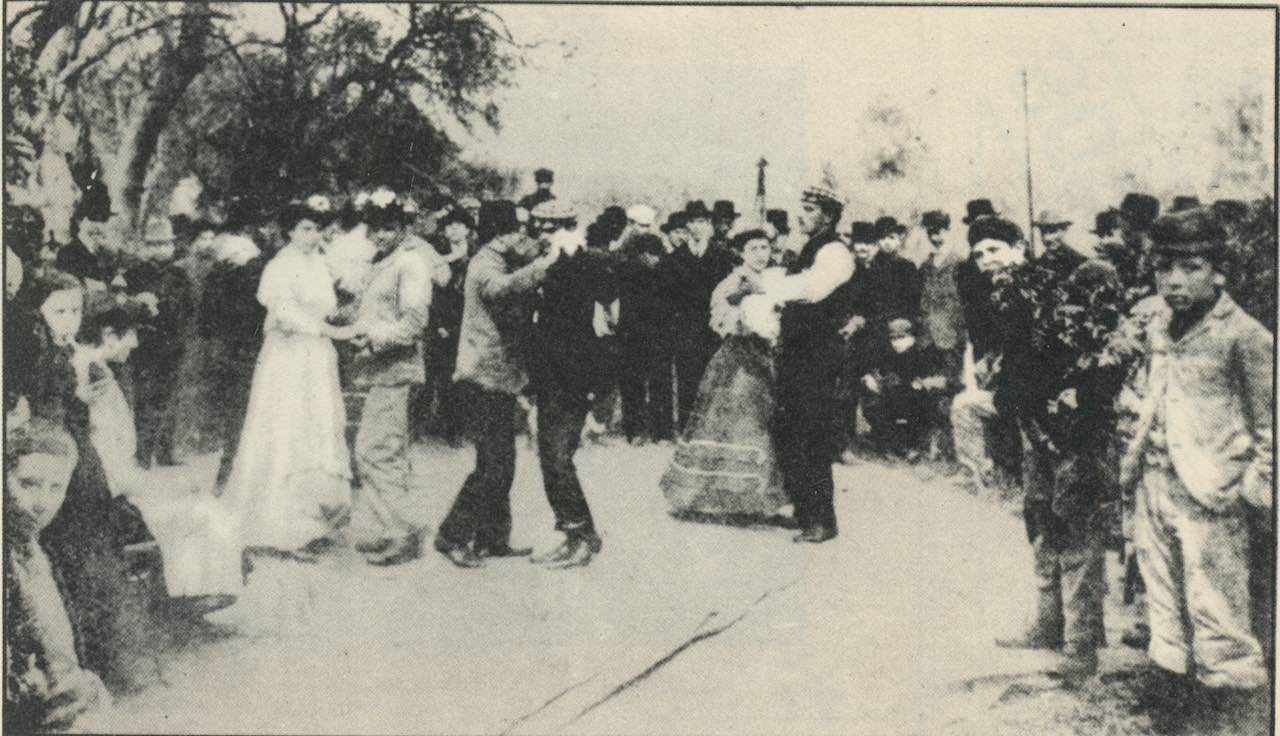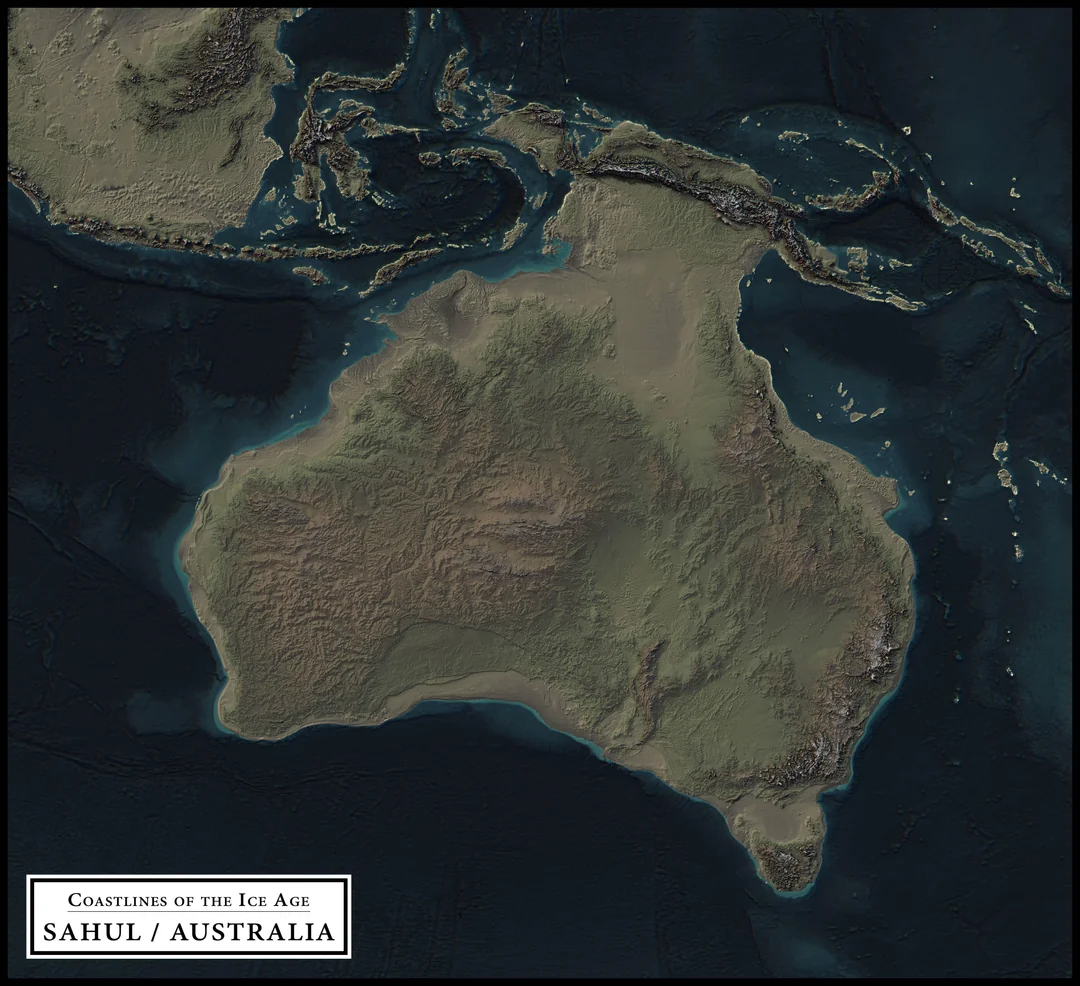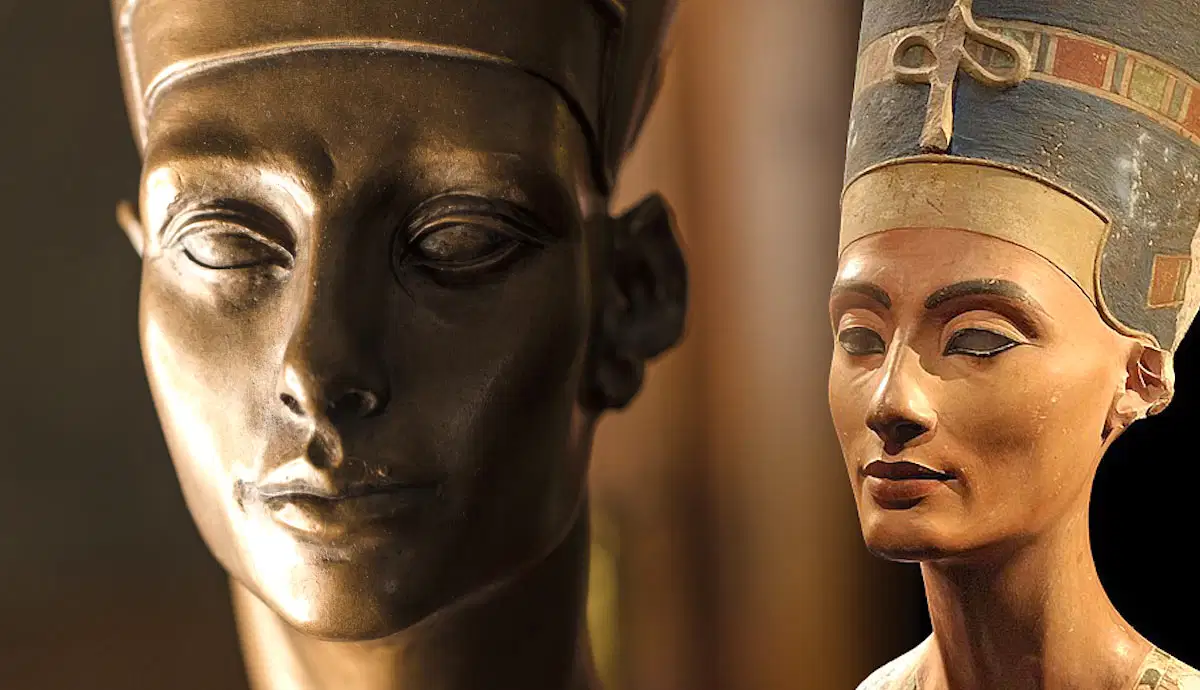solsticeuniversity.com – Tango is one of Argentina’s most iconic cultural exports, known for its passionate music, intricate dance moves, and deep emotional expression. Emerging from the vibrant streets of Buenos Aires in the late 19th century, tango has evolved from a local folk tradition into a global phenomenon. This article explores the history, cultural significance, and evolution of tango in Argentina.
Origins of Tango
Tango originated in the working-class neighborhoods of Buenos Aires and Montevideo (Uruguay) during the late 1800s. The dance and music were influenced by a mix of African, European, and Indigenous cultures, brought together by waves of immigrants, former slaves, and rural populations moving to the city. Early tango was performed in bars, brothels, and social clubs, where people from different backgrounds gathered to express themselves through dance.
The Evolution of Tango Music
The early form of tango music was played using simple instruments such as guitars, flutes, and violins. By the early 20th century, the bandoneón, a type of accordion brought from Germany, became the signature instrument of tango, giving the music its distinctive melancholic sound. Pioneering composers like Carlos Gardel elevated tango with their poetic lyrics and expressive melodies, making it a cultural symbol of Argentina.
Tango’s Rise to Fame
In the early 1900s, tango spread beyond Argentina’s borders, gaining popularity in Paris, London, and New York. The sophisticated European audience embraced the dance, leading to its transformation from a street performance into a refined ballroom dance. This international recognition helped elevate tango’s status back in Argentina, where it became a national treasure.
Golden Age of Tango (1930s-1950s)
The 1930s to the 1950s marked the Golden Age of Tango, with orchestras led by great musicians like Aníbal Troilo, Osvaldo Pugliese, and Juan D’Arienzo. Tango became the dominant form of entertainment in Argentina, filling dance halls and radio stations. During this period, tango was more than just a dance—it was a way of life, reflecting the emotions and struggles of the Argentine people.
Decline and Revival
Tango’s popularity declined in the 1960s and 1970s due to political instability in Argentina and the rise of rock and pop music. However, in the 1980s, a revival began with stage productions like Tango Argentino, which introduced tango to new audiences worldwide. Modern tango evolved, incorporating electronic elements and contemporary influences while preserving its traditional roots.
Tango Today
Today, tango remains an essential part of Argentine culture and identity. Buenos Aires hosts numerous tango festivals, such as the Buenos Aires Tango Festival, and countless milongas (social dance gatherings) where locals and tourists alike can experience authentic tango. The dance has also been recognized by UNESCO as an Intangible Cultural Heritage of Humanity, cementing its place as one of the world’s most influential art forms.
Conclusion
From its humble beginnings in the working-class neighborhoods of Buenos Aires to its global recognition, tango has endured as a symbol of passion, resilience, and artistic expression. Whether performed on the streets of Argentina or on the grand stages of international theaters, tango continues to captivate hearts and tell stories through its music and dance.




